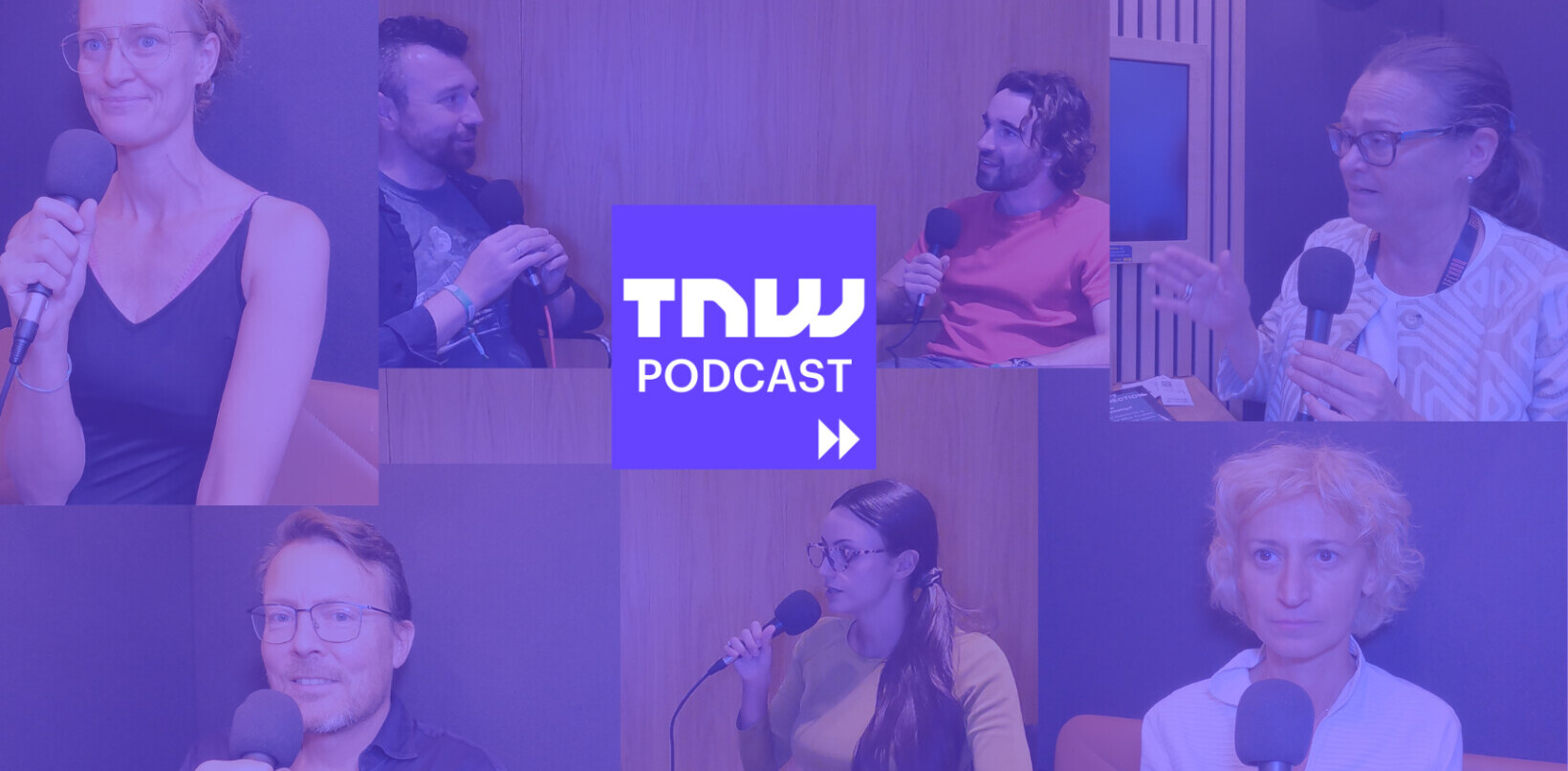
 The thing that always strikes me about the Olympics is the visual spectacle — there are intense emotions right at the boundaries of human achievement and that makes for compelling viewing. So, naturally I was expecting there to be a big online fanfare around Vancouver 2010 but a brief scout around the web left me feeling quite empty.
The thing that always strikes me about the Olympics is the visual spectacle — there are intense emotions right at the boundaries of human achievement and that makes for compelling viewing. So, naturally I was expecting there to be a big online fanfare around Vancouver 2010 but a brief scout around the web left me feeling quite empty.
All is not lost
VANOC (Vancouver Organizing Committee for the 2010 Olympic and Paralympic Winter Games) have dipped their feet. Over and above the website (which is a great site, as one-to-many websites go), there are a few official Twitter streams: (1) following the torch relay @FollowTheFlame (2) the cultural Olympiad @code2010 and (3) the games themselves @2010tweets. There is also a Facebook page but content is predominantly VANOC supplied rather than crowd sourced. It feels like a well thought out web presence with a bit of “we should do some social” tacked on the end.
What could it be?
Social media is all about sharing and discussing content and the Olympics is a great opportunity for this. VANOC should be encouraging people to share their media and providing a central place to stream it. People should be encouraged (and possibly incentivised through competitions) to share photos, videos and blog content of Olympic action. There should be capability to comment on material, to like / dislike it. More popular material should float to the surface so it is seen by more people.
A broader net of content could be sourced by using popular content sharing sites. VANOC could setup a Flickr group and all photos posted to the Flickr group are displayed on the site. An “official” hashtag should be provided and all tweets with that hashtag displayed on the site. RSS feeds which monitor news and blogs could feed content from sites across the web.
Let’s not forget location – this is a global event after all. Location could be applied in two ways, from the outside-in and from the inside-out. In terms of an outside-in view, the site could show what people in countries all over the world are saying about the Olympics. Filters could allow you to show content from different sources based on location. Or from people whose profile information shows them from different locations. The inside-out view is more straight forward, mashup maps of the Olympic facilities showing pins where crowdsourced content is being shared.
Going mobile
Of course, there are spectators out and about at all the Olympic sites. All this content should be accessible from their mobiles. There is a mobile site and a spectators’ iPhone app, although somewhat ridiculously I couldn’t find mention of these on the website itself. The focus is providing venue information and schedules to make spectating easier. A good idea, but also an opportunity lost. Providing an app (or apps, or a mobile web site — depending on platforms of choice) is an opportunity to crowd source streams of geo-located content direct from trackside.
For now though, I think its time to head down to the news agents and pick up one of those newspaper things I’ve heard so much about.
[Image attribution: Michael Francis McCarthy via Flickr]
Get the TNW newsletter
Get the most important tech news in your inbox each week.





